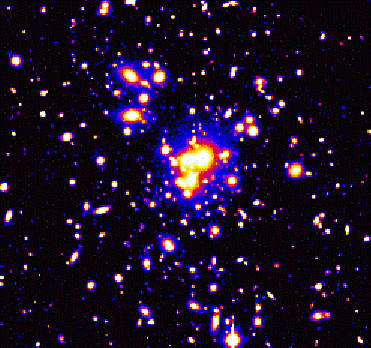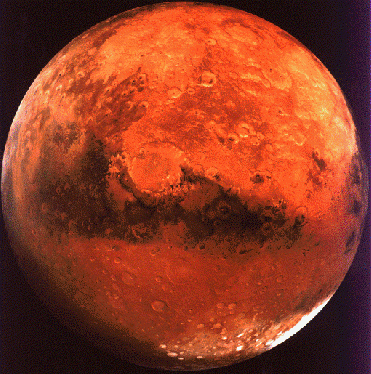
Star formation in distant clusters of galaxies. A file photo
NEW DELHI (BNS): A team of researchers have debunked one long held believe about the formation of stars.
According to a report in Science Daily, since the 1950s astronomers have thought that in a family of new-born stars the ratio of massive stars to lighter ones was always pretty much the same � for instance, that for every star 20 times more massive than the Sun or larger, you�d get 500 stars the mass of the Sun or less.
�This was a really useful idea, unfortunately it seems not to be true,� said team research leader Dr Gerhardt Meurer of Johns Hopkins University.
Stating that the different numbers of stars of different masses at birth is called the �initial mass function� (IMF), they said most of the light we see from galaxies comes from the highest mass stars, while the total mass in stars is dominated by the lower mass stars.
�By measuring the amount of light from a population of stars, and making some corrections for the stars� ages, astronomers can use the IMF to estimate the total mass of that population of stars,� they said.
The team said this ratio of high-mass to low-mass newborn stars differs between galaxies. To arrive at this finding, they used galaxies from the HIPASS Survey (HI Parkes All Sky Survey) done with CSIRO�s Parkes radio telescope.
�All of these galaxies were detected with the Parkes telescope because they contain substantial amounts of neutral hydrogen gas, the raw material for forming stars, and this emits radio waves,� said Dr Baerbel Koribalski, a member of Dr Meurer�s team.
The team found that the ratio, of H-alpha to UV emission, varied from galaxy to galaxy, implying that the IMF also did, at least at its upper end.
�This is complicated work, and we�ve necessarily had to take into account many factors that affect the ratio of H-alpha to UV emission, such as the fact that B stars live much longer than O stars,� Dr Meurer said.
The study now gives a better understanding of other recently observed phenomena that have been puzzling astronomers, such as variation of the ratio of H-alpha to ultraviolet light as a function of radius within some galaxies.
 Previous Article
Previous Article













The Indian Air Force, in its flight trials evaluation report submitted before the Defence Ministry l..
view articleAn insight into the Medium Multi-Role Combat Aircraft competition...
view articleSky enthusiasts can now spot the International Space Station (ISS) commanded by Indian-American astr..
view article